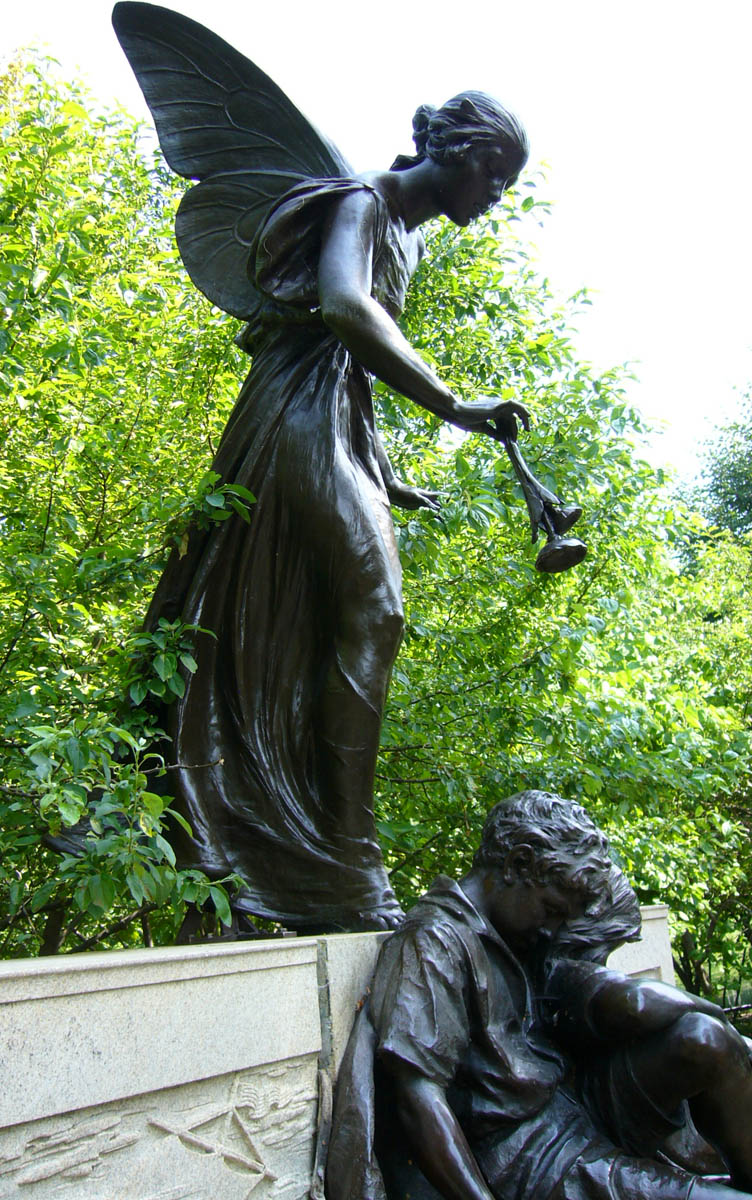Ingres Jean-Auguste-Dominique (1780-1867)
Portrait of Lorenzo Bartolini, Musée du Louvre
Dircé (/ˈdɜrsiː/; Ancient Greek: Δίρκη, pronounced Dirke, modern Greek pronunciation Dirki, meaning "double" or "cleft") was the wife of Lycus in Greek mythology, and aunt to Antiope whom Zeus impregnated.
Antiope fled in shame to King Epopeus of Sicyon, but was brought back by Lycus through force, giving birth to the twins Amphion and Zethus on the way.










